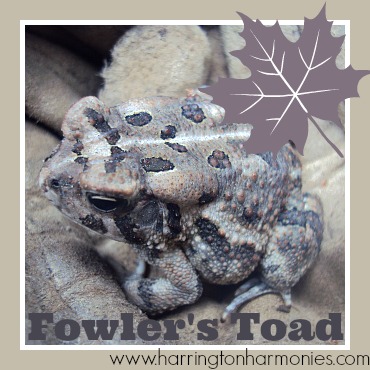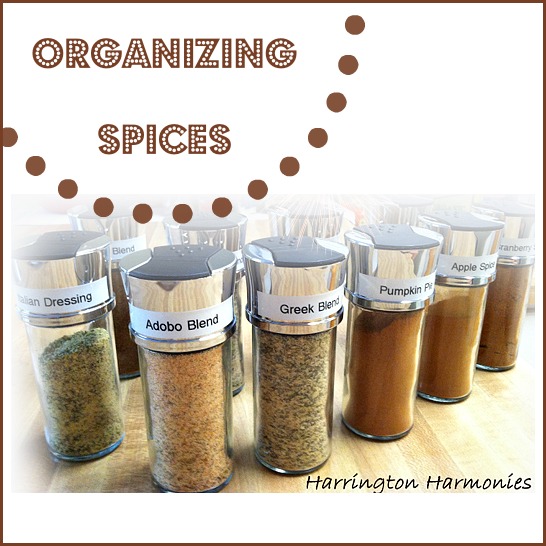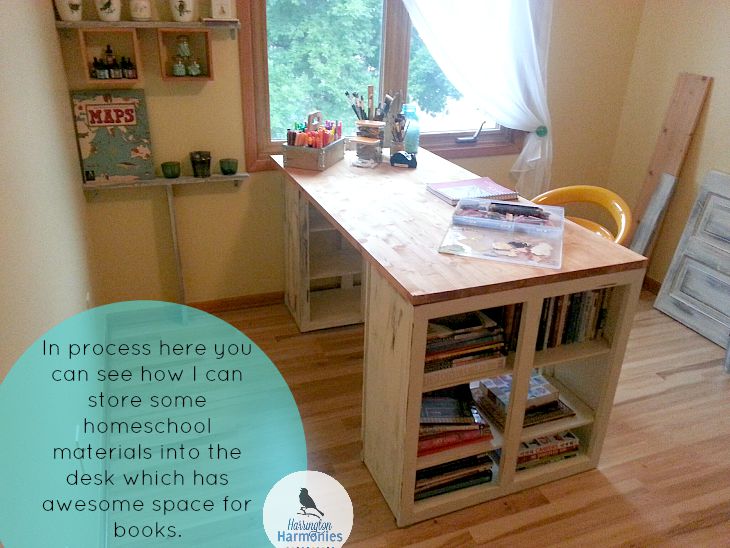
To start with, for younger students Pre-K to 1st Grade who are just beginning to read, you can’t beat The Frog and Toad Books by Arnold Lobel.
by Arnold Lobel.


Here is the little guy who inspired me to write a little about an amphibian unit study. I found him while doing yardwork. In this photo it is easy to spot the parotid gland, which secrets poison to protect it against predators, and the tympanum, or ear.
For 2nd or 3rd grade science, it is great to do an observation study on life cycles by growing your own frogs.
It’s always fun for kids to study the real thing so if you find the real thing, its a great time to do a study about it. Or you can purchase a frog. I have had success with the kits from Home Science Tools, one of my favorite suppliers for science materials, and there are always at least a few specimens which grow to maturity. I believe you can let them go when they are full grown and are safe to raise because Home Science Tools will only send them at the right time of year for your location. You can actually watch the frogs as they go through metamorphosis from tadpole to frog. Perhaps your student would like to make notebook pages or a science log for each day’s progress.
There is an entire unit study on frogs and toads already available on Homeschool Share with numerous free lap book and notebook pages. Just a great site with tons of free stuff-one of my favorite resources.
Extend the assignment for a 3-5th graders. A compare and contrast report or the use of a venn diagram for the difference between frogs and toads would be a nice quick and easy study.
A venn diagram would be a perfect way to organize similarities and differences between frogs and toads.

You can download your Frog and Toad Venn Diagram HERE.
For a 5th-8th grader a research report or a nature journal page would be ideal.
Have your student select a type of frog or toad to research and then create a notebook page about what they learned. If your student likes to draw have them sketch it. Start a nature notebook if desired. Here is a sample from one of my sons nature notebooks:

From Science man’s Nature Journal
High School:
In addition, for older students you may want to dissect a frog or do a more involved diagram of the frog/toad anatomy. You can get frog dissection kits here. My son used Castle Heights Lab Books for the dissection part of his high school Biology Course and as the text we used Biology a Self Teaching Guide 2nd edition.Biology: A Self-Teaching Guide, 2nd edition

This is a excerpt from my daughter’s fourth grade journal on a day when she dissected a frog with her older brother:



If your not interested in doing your own dissection, here is a virtual option: Virtual Frog Dissection.
Finally, the toad from my yard was a Fowler’s Toad.

Fowler’s Toad
Bufo fowleri (Bufo woodhousii fowleri)
The rust colored spots and light stripe down its back helped to easily identify it. If you see a frog or a toad and need help identifying it you can go here.
I hope these resources will assist and give you some ideas for how you can build your own unit study for amphibians with multiple ages.
 Linked Up Here: Hip Homeschool Hop,
Linked Up Here: Hip Homeschool Hop,






















1 Comment